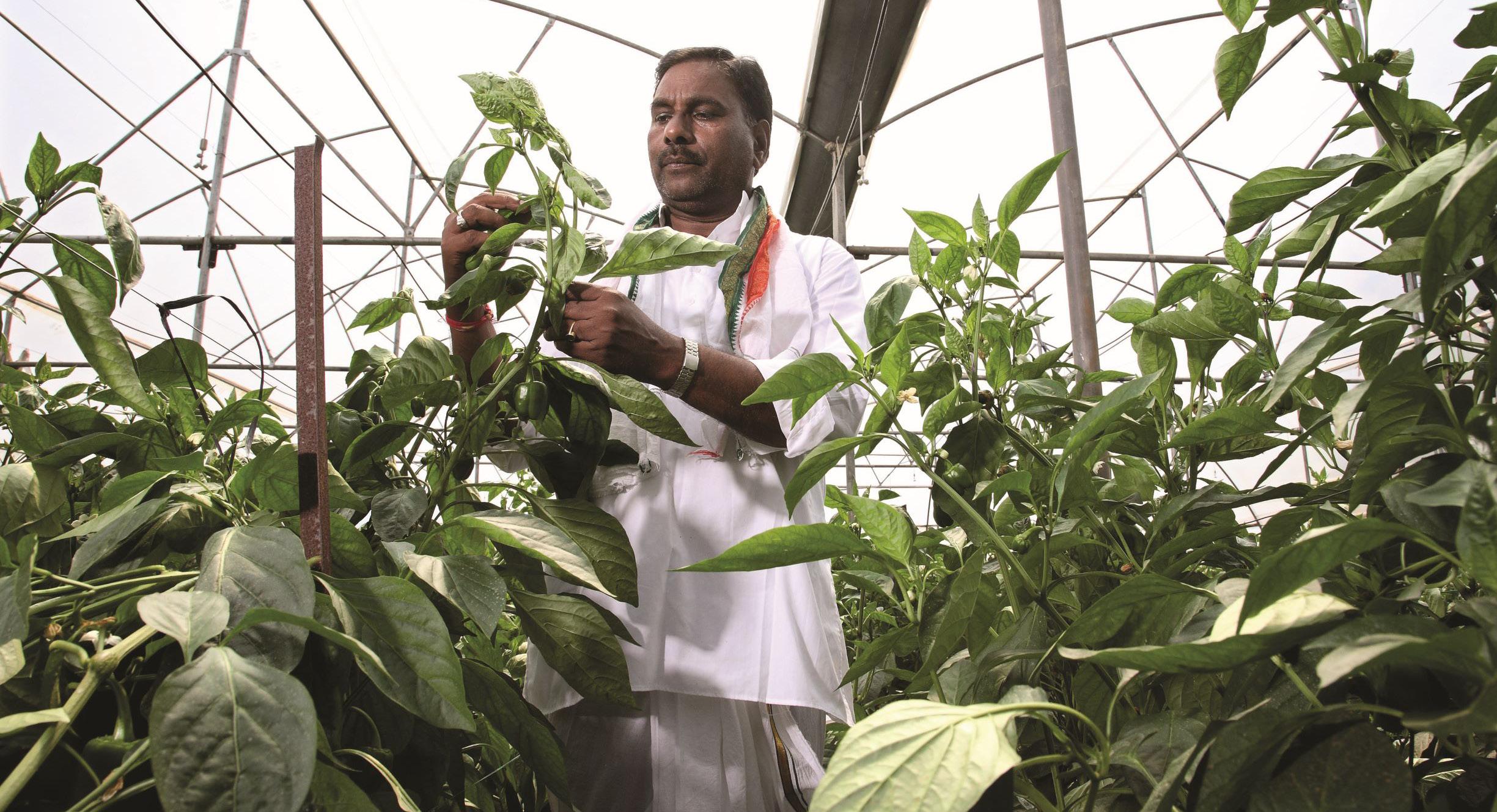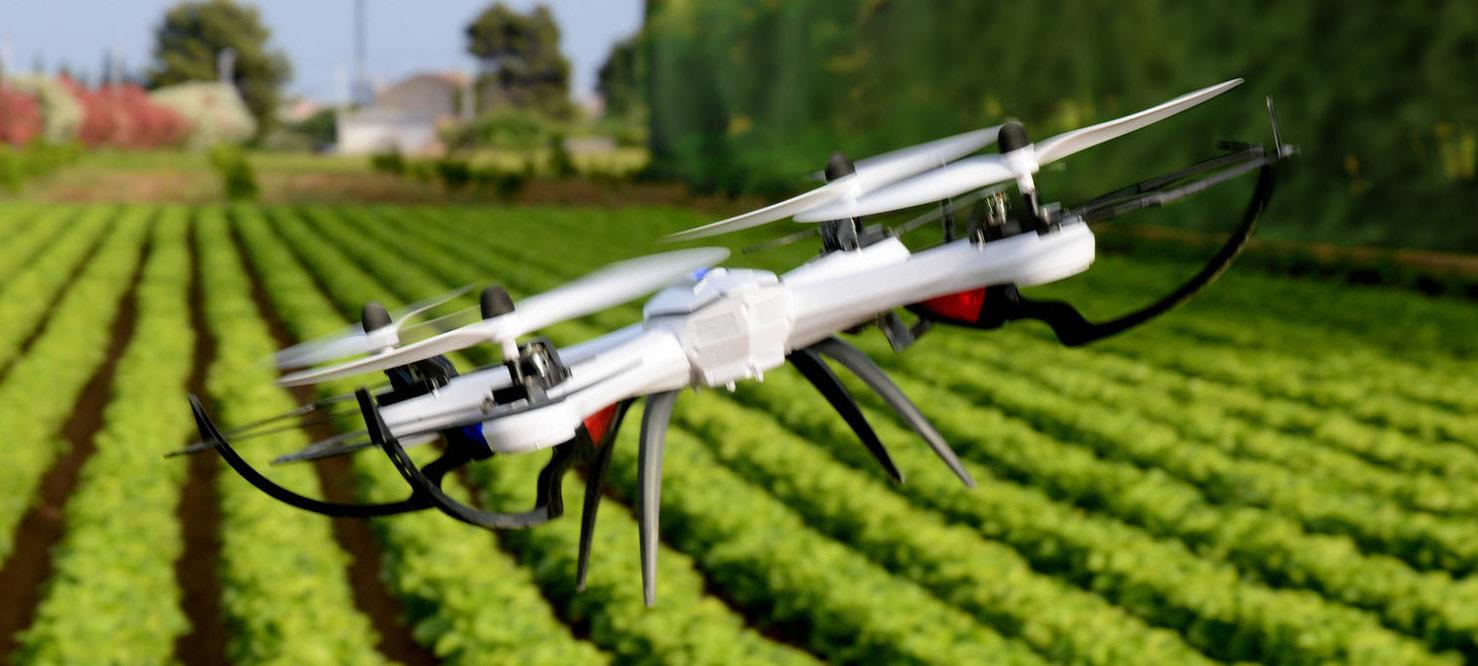
7 minute read
SIMON WIEBUSCH
CHIEF OPERATING OFFICER, CROP SCIENCE DIVISION OF BAYER FOR INDIA, BANGLADESH & SRI LANKA
EMERGING CROP SCIENCE SCENARIO
Advertisement
Creating end-to-end crop value chains and strong linkages to farmers and farmer collectives will expand its global competitiveness
resources and climate change. Extreme weather conditions such as cyclones, floods, droughts and poor rainfall are lowering crop productivity and farmer incomes. This is especially detrimental to smallholder farmers. Access to safe, nutritious and affordable food is a basic human need and farmers work hard to grow their crops in ways that make the production of safe and nutritious food possible. To do so, they use seeds, fertilizers and, at times, crop protection to defend their crops against pests, weeds and diseases. Though modern science has helped develop innovative ways to manage agricultural pests over thousands of years, evolving threats still present an ongoing challenge for farmers around the world. The Indian Subcontinent is no different. Farming in this region is primarily rain-fed and that makes farmers dependent on favourable weather conditions. That’s why at Bayer, we are exploring new ideas that can help farmers with tailored solutions to protect their crops and develop in-built resistance to withstand varying climatic conditions.
Bayer’s interventions in crop science
The COVID-19 global pandemic and the resulting Bayer offers a broad range of hybrid challenges have highlighted the role of farmers seeds as well as chemical, biological in providing health and nutrition for all and the and data-driven digital solutions to help importance of agriculture to ensure food security farmers safely and responsibly protect worldwide. The pandemic affected everyone but their crops from pests such as weeds, developing nations and rural farming communities faced far disease, harmful insects and fungi. greater risks and challenges. While nations imposed stay- Our diverse and growing portfolio proat-home quarantine orders, farmers across the world vides farmers with the latest techcontinued to go out and farm to enable adequate nologies and a wide range of food production. Most of these are smallholder Digital choices for their growing farmers, who farm on less than 2 hectares of tools in farming needs. These land each, but together comprise nearly 80 agriculture are include innovations per cent of the world’s total food production already helping farmers such as disease and (Source: FAO). produce more with less insect-tolerant seeds,
The Indian Subcontinent comprising of resources and make pesticides, herbicides, India, Bangladesh, Pakistan and Sri Lanka data-driven decisions agricultural biologicals and a current population of 1.78 billion is driv- in real-time such as microbial and en by smallholder farmers with limited access digital farming tools. We to resources and modern agricultural inputs and also work collaboratively technologies. By 2050, the world will have around 10 with farmers to offer tailored billion people, with India alone accounting for 1.73 billion, solutions – including agronomic recup from its current population of 1.38 billion (Source: United ommendations based on the specific Nations). While the population is increasing, arable land is needs of their fields, crops and soil to decreasing, and farmers are grappling with limited natural help ensure productive harvests, de-

The growth and success of agriculture is important for long-term economic growth of the Indian Subcontinent
fend against pests and improve soil health, all while protecting our natural resources.
The Indian Subcontinent has a significant opportunity to improve productivity and quality of agri-produce both
for domestic and export markets. Creating end-to-end crop value chains and strong linkages to farmers and farmer collectives (such as Farmer Producer Organizations) will enable the region to expand its global competitiveness in agriculture.
A viable model is the global, multistakeholder Better Life Farming (BLF) alliance, which works with partners across the agri-value chain to support smallholder farmers in developing economies to increase crop yields and farm incomes and promote self-reliant agri-entrepreneurship. The BLF alli-
ance has global partners that include Bayer with its expertise in seeds, crop protection and agronomy; IFC, the development finance institution for impact assessment; and Netafim for drip irrigation technologies.
The BLF alliance works with additional local partners in India, including Yara Fertilisers for soil and nutrient management; DeHaat, AgriBazaar and Big Basket to enhance market linkages; Tata Trusts for expanding reach to farmer collectives; and Axis Bank for financing. Similarly, in Bangladesh, the BLF alliance works with Bayer, IFC and ACI to create awareness about balanced crop nutrition, soil health and precision irrigation.
In India, the Better Life Farming initiative has led to a doubling of crop yields and tripling of farm incomes among participant farmers while keeping an eye on water usage and integrated farm management. It has created price transparency in the marketplace, increased the bargaining power of smallholders and promoted clusters of rural agri-entrepreneurs. It has also created opportunities for women farmers to be integrated into mainstream farming operations and emerge as rural agrientrepreneurs.
The BLF alliance’s agri-entrepreneurship model functions through Better Life Farming Centers run by local agri-entrepreneurs. These centres open up economic opportunities for smallholders by enabling knowledge and technology transfer on good agricultural
practices (GAP) and delivering services such as market linkages, access to agriinputs, financial solutions and mechanisation services as well as crop advisory. Currently 475 Better Life Farming Centers are operational in India and Bangladesh. By 2025, the Better Life Farming initiative aims to empower 2.5 million smallholders in the Indian Subcontinent through access to modern agri-inputs and better public health. These smallholders will be served by five thousand agri-entrepreneurs across horticulture, corn, and rice crops.
Need for sustainable agriculture
The practise of sustainable agriculture can help ensure safe, affordable & enough food and overcome farmers’ challenges around low productivity and income, while conserving natural resources. Digital tools in agriculture are already helping farmers produce more with fewer resources (water, land and energy) and make data-driven decisions in real-time. New technologies like drones are revolutionizing farming. Drones can help identify weeds, pests and diseases and localize the application of crop protection chemicals.
Farmers in China and South East Asia have started using drones to reduce their risk and improve profitability. Once drones are approved for use in Indian farms, they can provide farmers with significant benefits including targeted and timely use of crop protection chemicals to reduce crop risks.
The industry and government are

Drones can enable safe, precision-based spraying of crop protection chemicals
already supporting the shift to sustainable agriculture by popularizing the use of science-based good agronomic practices (GAP) that are climate-smart and financially viable. The enhanced collaboration will play a critical role to transform agriculture in the region.
Innovations in modern crop protection and biotechnology have helped change the face of agriculture, offering farmers the benefit of efficiency, productivity and sustainability. The innovation lies at the core of transforming food production. That’s why the Indian Subcontinent needs to accelerate the introduction of new technologies in crop
protection to match pace with other big agricultural regions. This means shortening product registration timelines and fast-tracking critical innovations for timely response to emerging threats like the Fall Army Worm impacting corn cultivation. In the case of biotech regulatory reforms, they need to be introduced in conjunction with reforms for crop protection. This requires a holistic regulatory regime starting with breeding, crop protection to biotechnology to mitigate risk and improve yields significantly.
For the Indian Subcontinent to become a globally competitive manufacturing hub for crop protection products, we need enhanced data protection measures to safeguard the investment towards innovation and R&D of new products. With accelerated use of digital technologies and open knowledge platforms, there’s a great opportunity to scale up our regulatory capacity including strong alliances for knowledge transfer with other leading countries. This again will be a strong foundation to accelerate regulatory reforms on a real-time basis.
Conclusion
Science and innovation will not only help progressive farmers, it will completely transform the lives of smallholder farmers, who hold the key to ensuring an even more resilient food system. Enabling smallholders will help feed the region’s growing population, address the challenges of poverty and hunger, as well as help make agriculture part of the solution to climate change. As we think about what lies ahead, we know there are still problems to solve and room to improve. Modern Crop Science will continue to provide a range of innovations and we believe it can help us achieve a better tomorrow for farmers, consumers and global food production.










